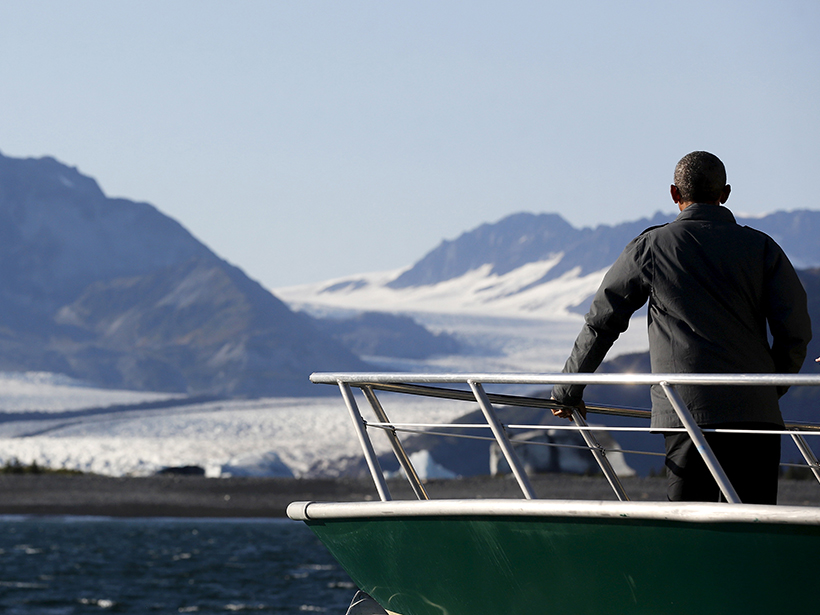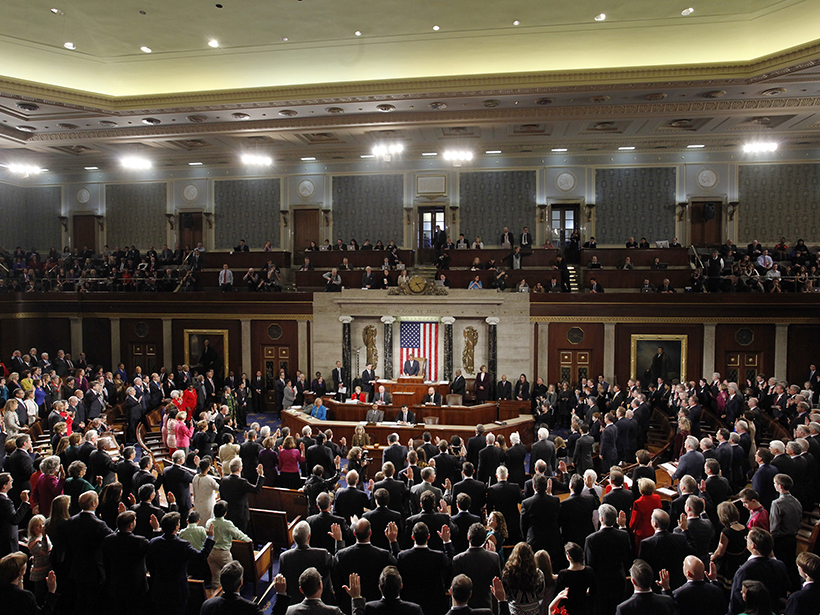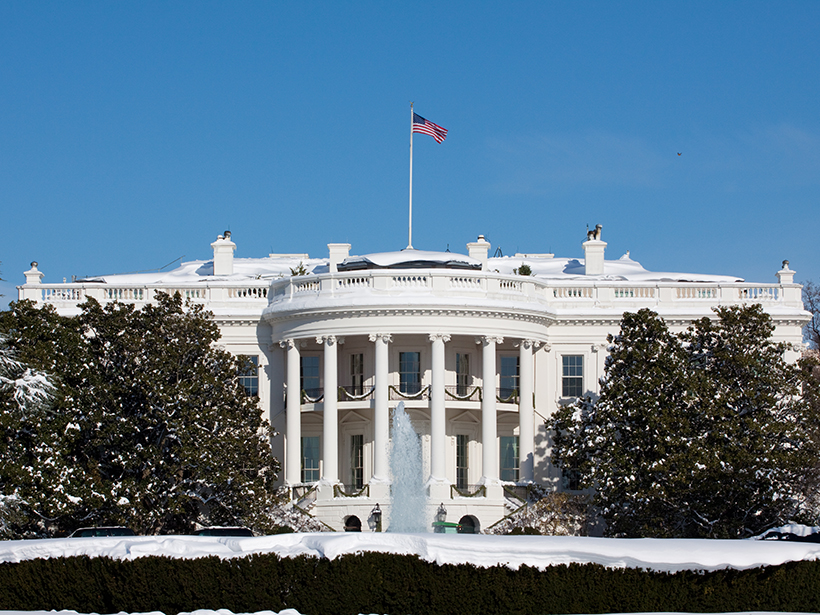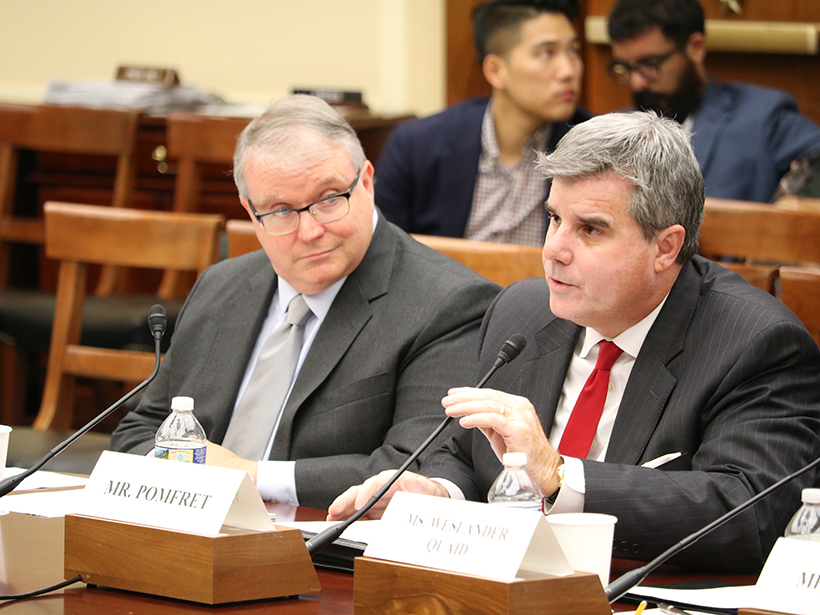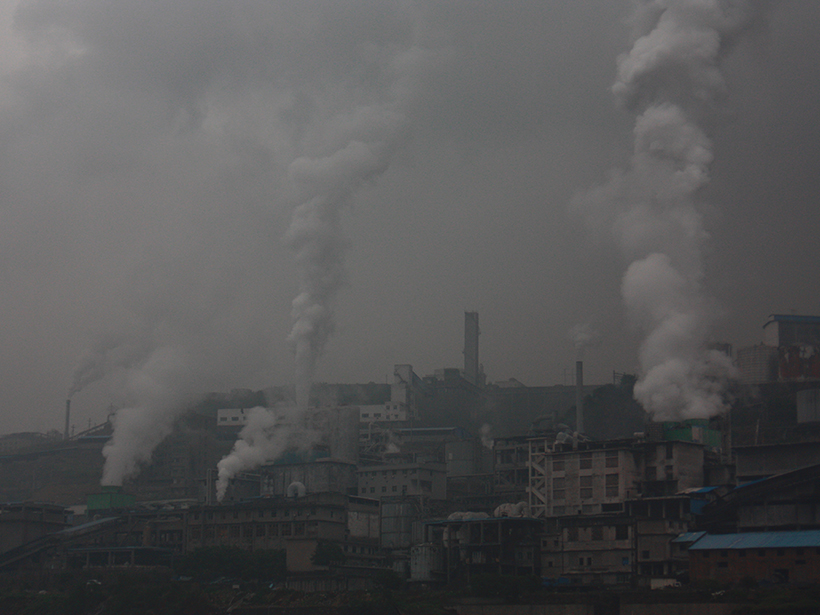Along with the new policy directive, the administration released a report on how climate changes—from more extreme weather to sea level rise—can threaten national security.
science policy
Top Arctic Science Diplomats Convene at White House Next Week
Precipitous transformations from climate change add impetus for this international meeting to guide cooperative research in the northern polar region, U.S. official says.
Congressional Caucus for Earth and Space Sciences Gets Launched
Organizers of the bipartisan caucus say it will urge sustained federal investments in Earth and space sciences, educate members of Congress, and provide a forum for relevant policy discussions.
AGU-Sponsored Workshop Targets Sexual Harassment in the Sciences
During the past 2 years, scientific societies and universities have faced increasing pressure to address a problem that has grown more visible.
Next President Must Name Science Leaders Fast, Report Urges
The report steers clear of providing guidance for how the next president should deal with specific science and technology issues, but it calls out climate change as a key policy area.
Four Position Statements Approved by AGU Board of Directors
The American Geophysical Union updated one position statement and reaffirmed three others as written.
Remote Sensing Regulations Come Under Congressional Scrutiny
Republicans accused the administration of dragging its feet on recommending policy revisions. A federal advisory committee has a November deadline to provide recommendations.
Atmospheric Chemists Should Tackle Risks to Society, Report Says
Protecting public health and the health of the climate and ecosystems warrants more focus from this scientific field, according to the report.
Senior Scientists Must Engage in the Fight Against Harassment
Here are nine steps that senior scientists can take right now to change scientific culture into one where harassment is treated as a type of scientific misconduct.
Exploring Formal Recognition of the Anthropocene
Colin Waters of the Anthropocene Working Group, which has been exploring formal recognition of the Anthropocene as a unit in the geological time scale, discussed the group's recommendations at the IGC.


